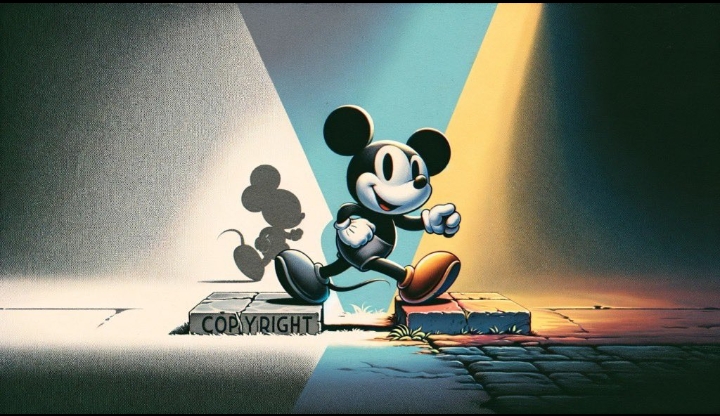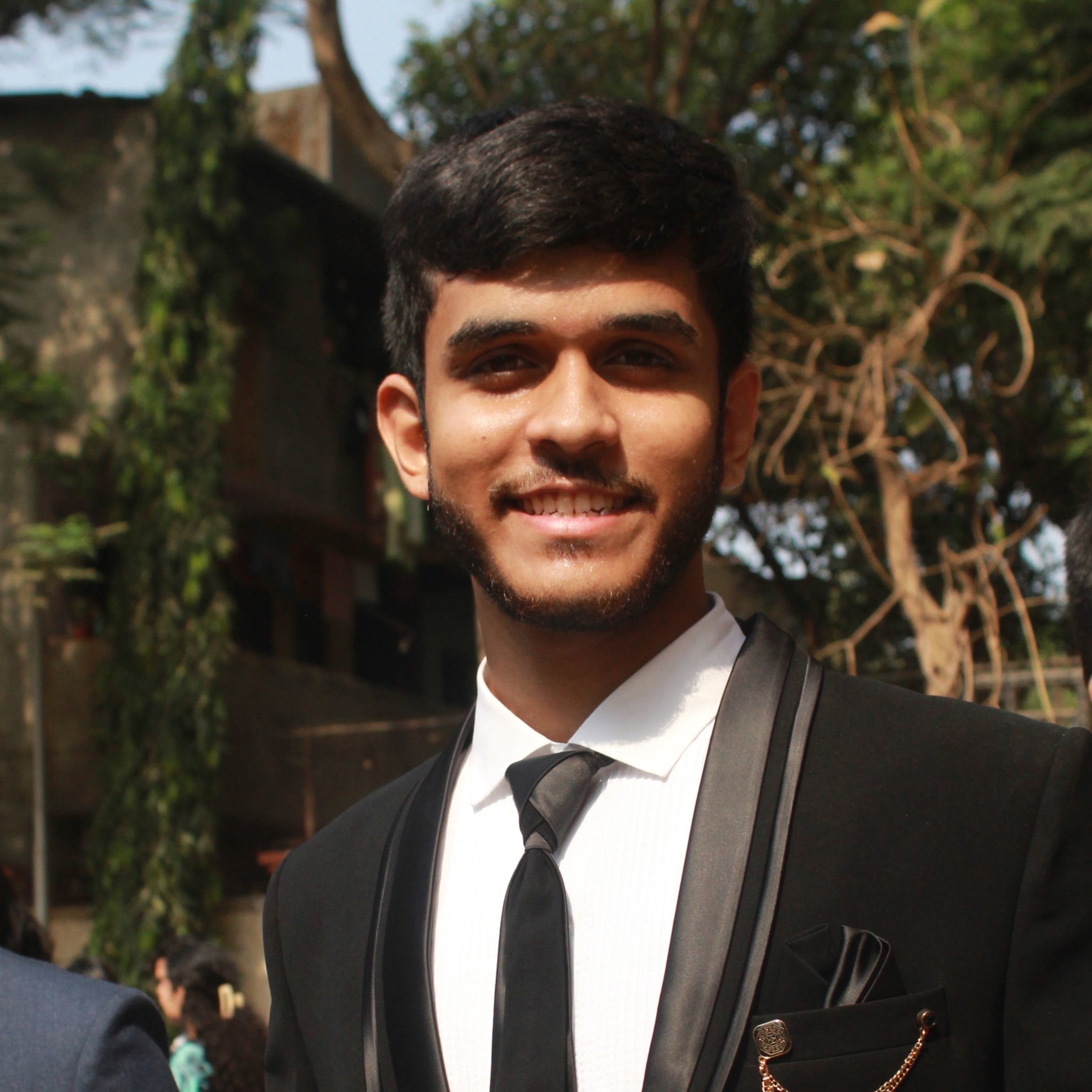Back
Poosarla Sai Karthik
Tech guy with a busi... • 2h
India’s (Fake vs Original) Economy: Counterfeits aren’t just cheap copies. They shift pricing, distort consumer trust, and undercut brands that actually invest in compliance and safety. Here’s a condensed sector-wise look at how originals and fakes stack up. Mobile Accessories Chargers, cables, TWS — easily one of the most counterfeited categories. Genuine makers clear BIS testing and face tariff-driven BoM costs, while fakes skip compliance and copy packaging. Original TWS retail ₹1,000–₹6,000; fakes sit 40–80 percent lower. BIS raids and customs seizures do most of the heavy lifting. Smartphones India manufactures at scale, but fakes and grey imports still slip in. Genuine phones carry a 7–9 percent BoM disadvantage due to tariffs and stronger QA. Brands rely on authorized retail, OTA support, and certification. Fakes mimic UI and boxes at a fraction of the cost. Enforcement hinges on trademarks and border checks. Footwear “First-copy” shoes dominate informal markets. Originals bear material, labor, and design costs; fakes undercut by 60–90 percent. Design registrations, fast injunctions, and customs intervention are the primary shields. Lighting & Small Appliances Non-BIS-marked lights and appliances are common. Originals invest in safety components, IS standards, and warranties; fakes ignore all of it. BIS inspections and penalties form the main deterrent. Beauty & Cosmetics Counterfeits push unsafe ingredients through social commerce. Genuine brands spend on formulation, testing, and CDSCO approvals. Fakes often sell at 20–30 percent of original prices. Enforcement blends cosmetics regulation with trademark and design actions. Fashion & Accessories Dupes are everywhere, often at 5–20 percent of original prices. Brands lean on trademarks, design rights, QR/NFC tags, and aggressive online takedowns. Courts have been supportive with quick injunctions. Digital Fraud Layer Fake listings and spoofed sites amplify counterfeit distribution. Brands counter with monitoring, takedowns, and John Doe orders. How IP Actually Protects Trademarks, designs, patents, and copyrights form the core. Customs IPR recordation helps block imports. Regulators like BIS and CDSCO act as compliance gates that fakes fail. Courts are increasingly granting swift ex parte relief, which strengthens brand protection. The Bottom Line Across sectors, originals absorb the cost of compliance, testing, and traceability. Fakes win on price because they avoid that entire stack. Understanding this gap is essential for anyone tracking India’s consumer markets, manufacturing strategy, or brand risk.
More like this
Recommendations from Medial
Ajay D Nair
Fighting Fraud with ... • 4m
I have been seeing a lot of posts on AI making deep fakes of financial documents or id cards. Isn't there data driven models in Fraud Detection Tools to identify such deep fakes. Important financial documents and ID's which are usually used in kyc
See MoreMukesh Singh
Hey I am on Medial • 11m
next month we start Ecommerce brand factory concept in india with more than 100 brands on amazon flipkart and other platform good return on investment first come first basis limited slot need investment from 1lakh to 10 crore 100 percent secure new
See MoreDownload the medial app to read full posts, comements and news.
































